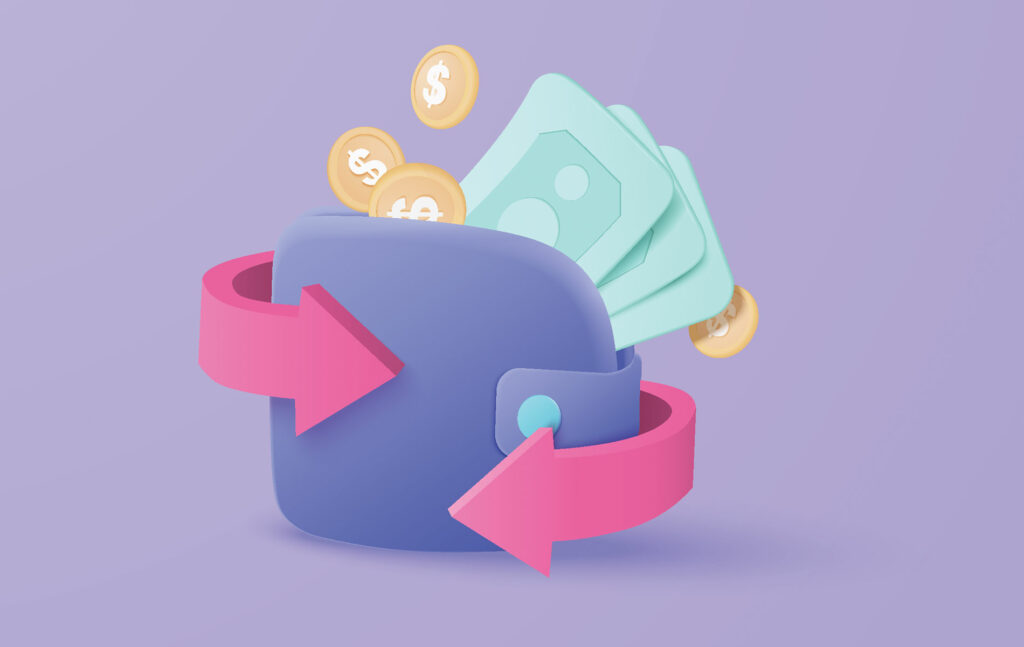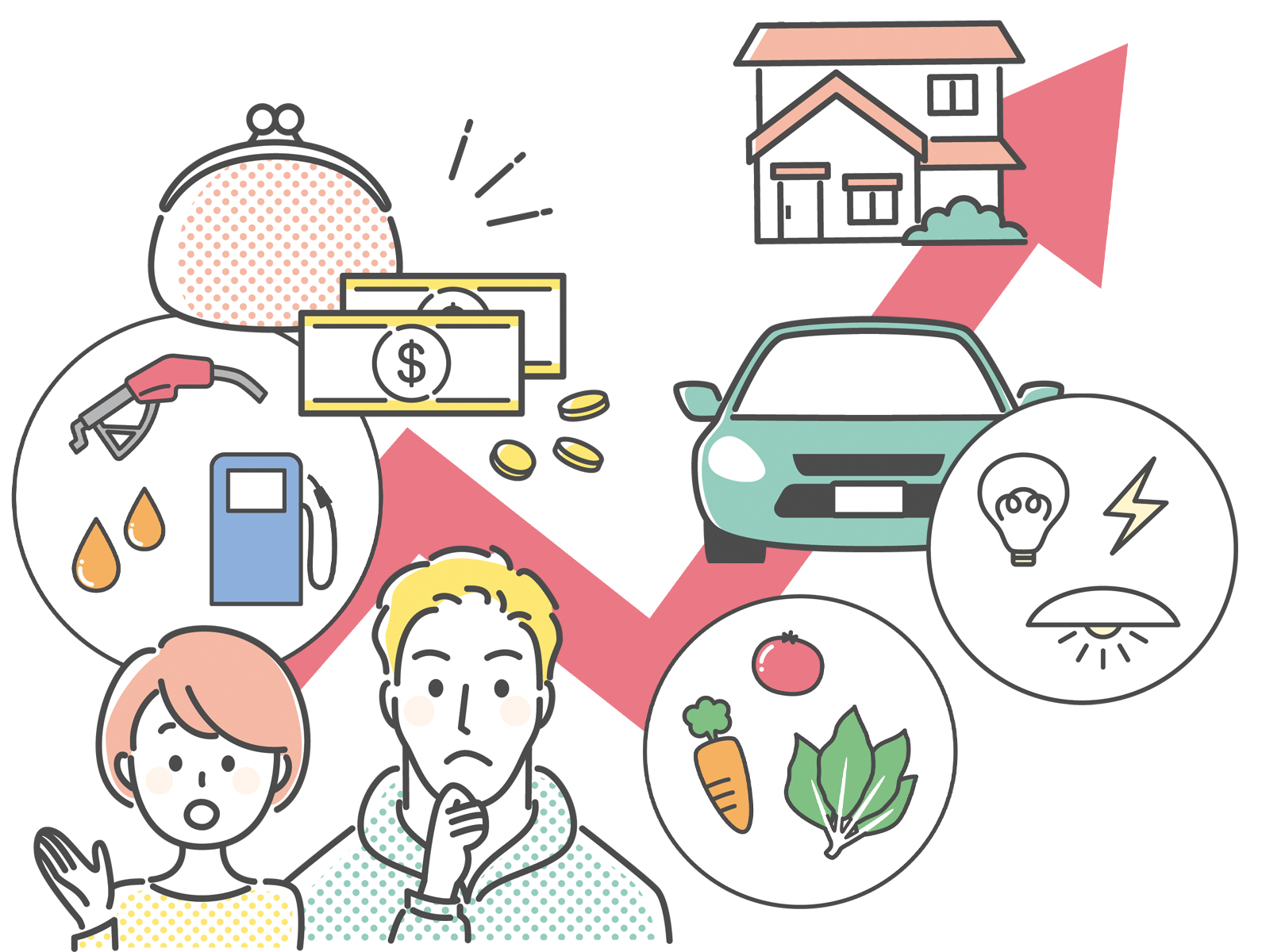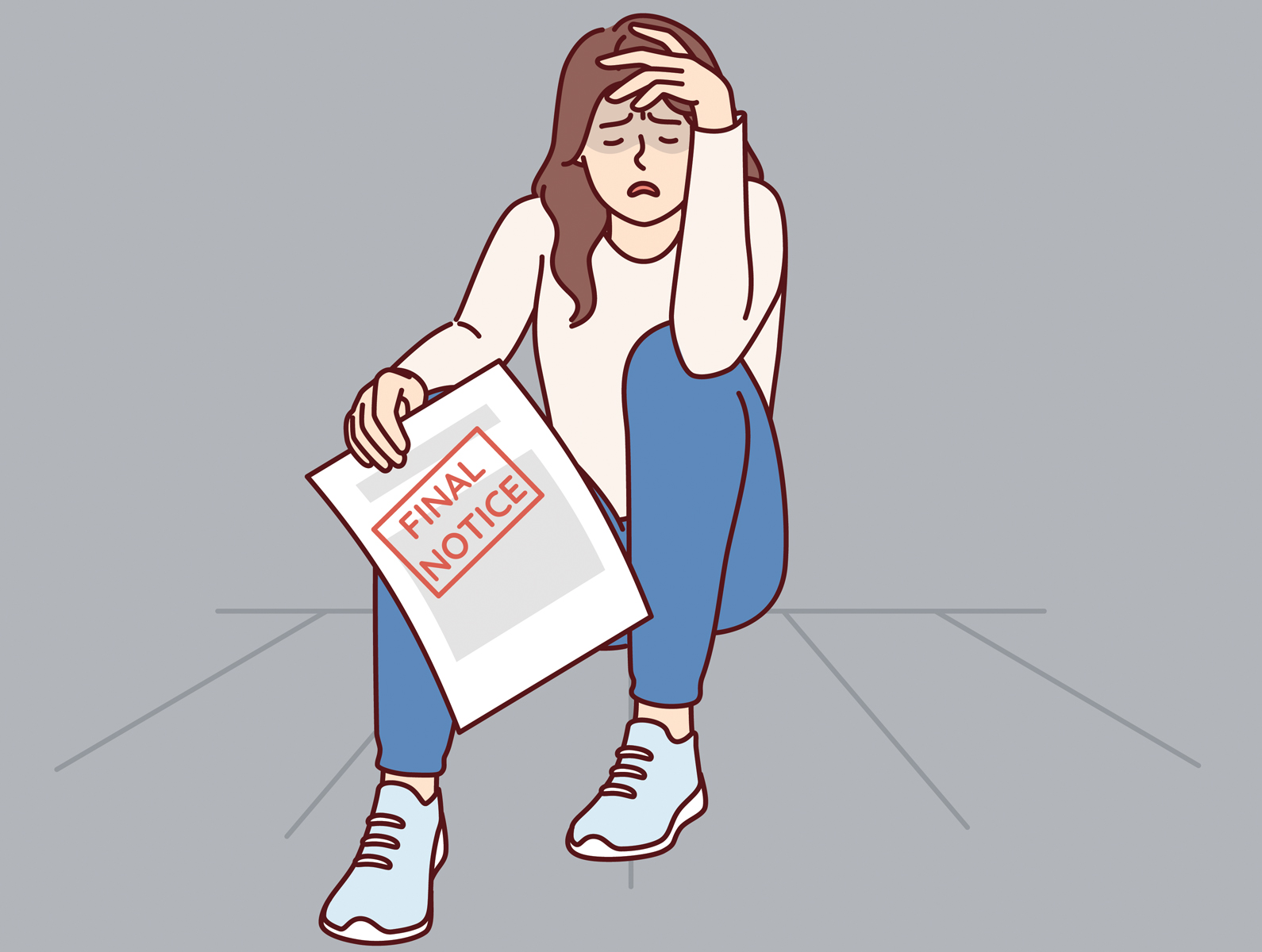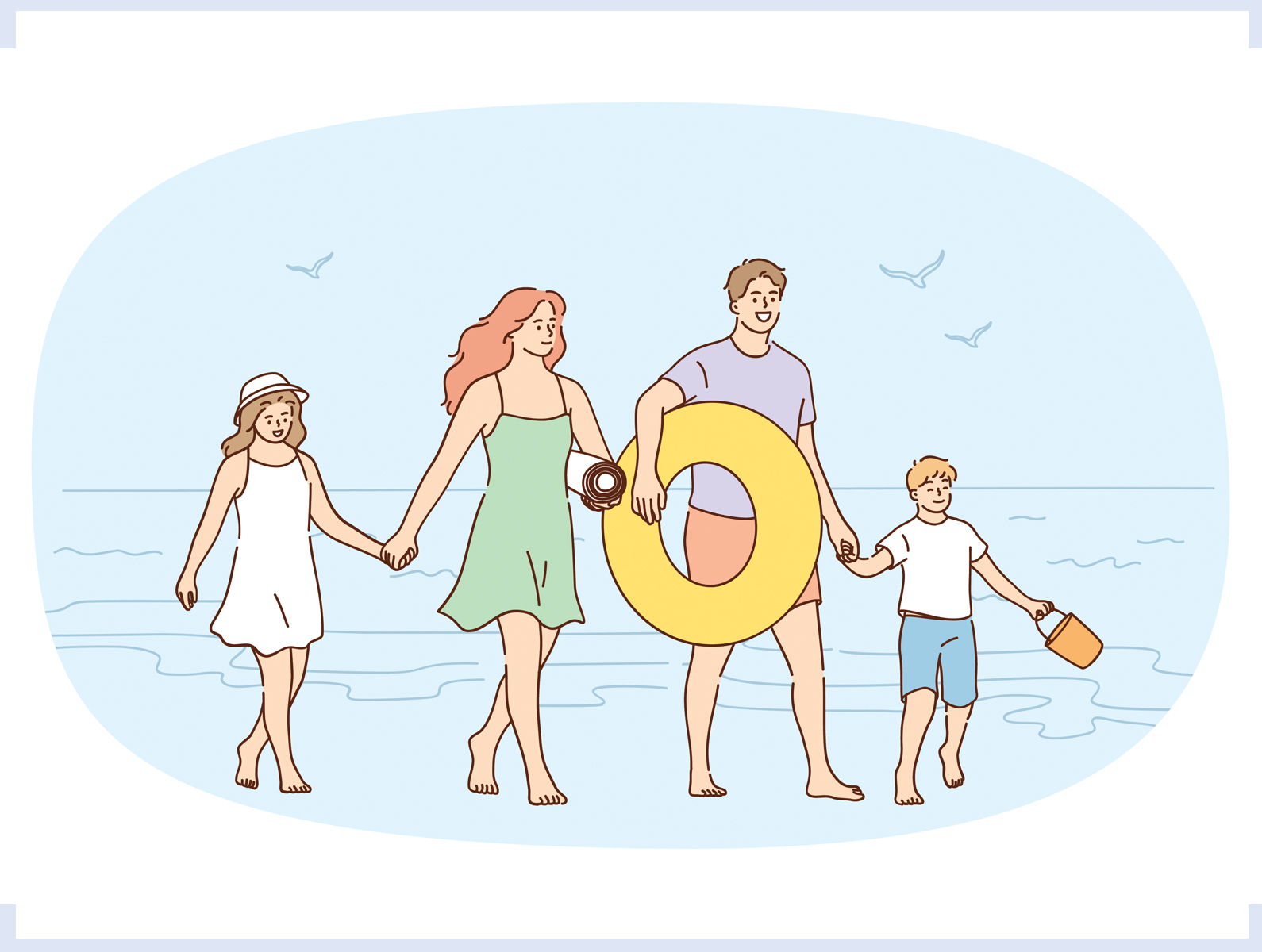With the cost of borrowing money increasing, and the price of goods and services going up, it could be a good time to reevaluate your budget to make sure you’re not overspending.
More New Zealand households will be feeling the effects of higher interest costs in 2024, according to the Reserve Bank.
In its latest report, it says households will be spending, on average, 18% of their income on interest payments alone.
Many homeowners will be tightly squeezed as the average mortgage rate reaches 6.4% by mid-2024, up from a low of 2.9% in late 2021.
It’s not just homeowners experiencing the stress of rising lending costs – interest rates for personal loans through Loansmart started at 8.95% a year ago, while now they start at 9.95%.
Coupled with rising interest rates is the increasing cost of living, with everything from food to clothing and travel costing a lot more than it did even two years ago.
With this double hit to your pocket, it’s worth checking in to make sure you’ve got enough spending money – or disposable income – so you don’t get into financial trouble.
What is Disposable Income?

Disposable income is the amount of money you have available to spend after you’ve paid all your fixed expenses.
Fixed expenses are things you have to pay no matter what, like the mortgage or rent, insurances, phone and internet bills, etc.
What you have left after all those costs have gone out is your disposable income.
It is a critical component of your financial health and determines how much you can save, invest, or spend on luxuries.
How to Calculate Your Disposable Income
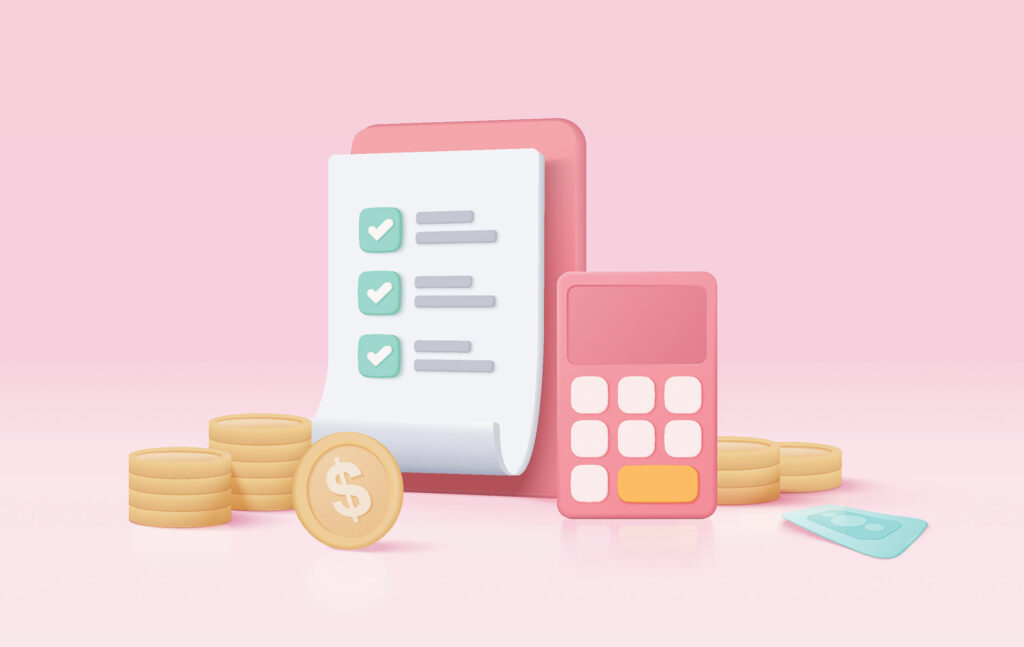
Calculating your disposable income may seem daunting, but it’s simpler than it appears. Follow these steps:
1- Identify your gross income: Add up all sources of income, including salaries, bonuses, and any other earnings.
2- Deduct fixed expenses like housing, utilities, insurance, and loan payments.
3- The result is your disposable income: This is the amount you have left for discretionary spending or saving.
For example:
Jane earns $2,200 per fortnight, after income tax, KiwiSaver and student loan payments have been taken out. Her fixed expenses total $1,320.
Disposable Income = Take home pay – Fixed expenses
= $2,200 – $1,320
= $880
Jane’s disposable income is $880 per fortnight. That’s how much money she has to spend on things like food, clothing and entertainment subscriptions, as well as money she might put into savings.
Getting on top of debt with a debt consolidation loan
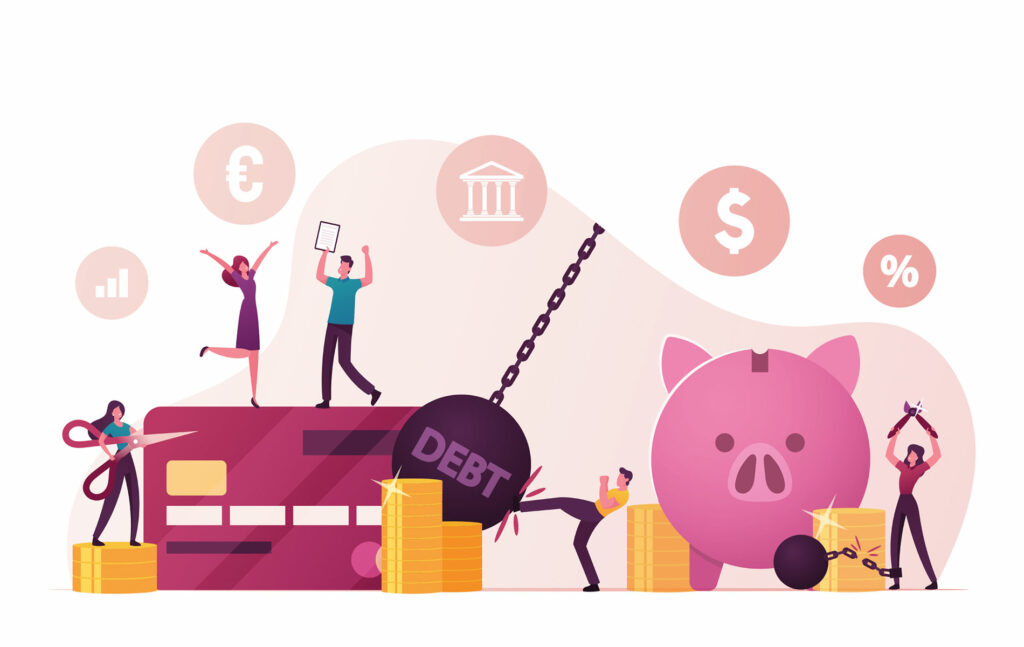
Jane’s fixed expenses include $90 per week in two separate loan repayments. These loans are held with separate lenders at relatively high interest rates, so she’s considering combining them into one loan with a debt consolidation loan.
The process of debt consolidation involves combining all of your small, high-interest loans into one larger loan. The goal is to reduce your monthly repayments and possibly save on interest. As a result, you are able to keep up with your payments easier and ultimately save money.
Debt consolidation loans are just one-way Loansmart works with you to create smart solutions to give you more financial freedom.
Check out these stories on how debt consolidation helped these families reduce their monthly loan repayments
Kylee managed to save $82 a week with a debt consolidation loan from Loansmart.
Looking for ways to make your money go further? Check out these 6 tips.
Starting with our simply 3 minute online application, our process is quick and easy – we jump through the hoops so you don’t have to! With rates from 9.95%, get in touch with us today and we can help you find a great loan tailored to you.


